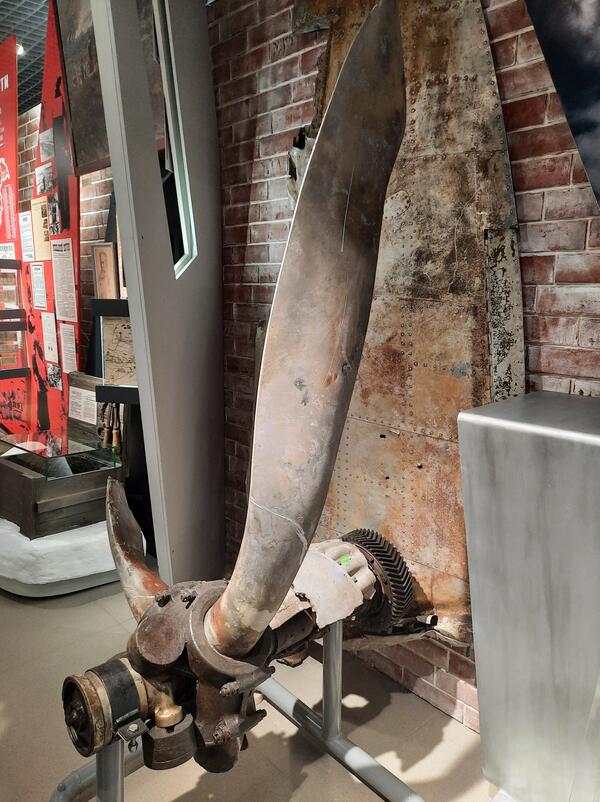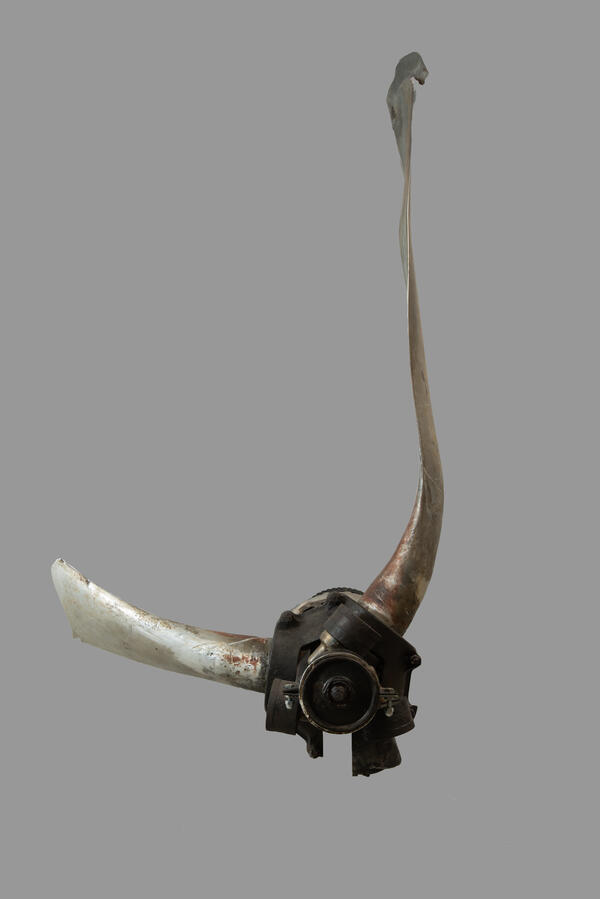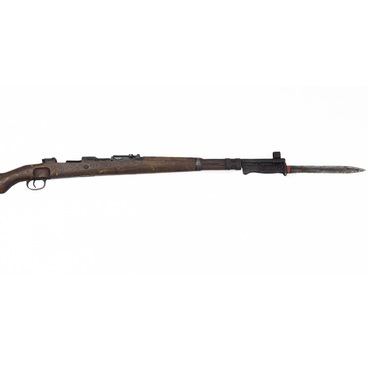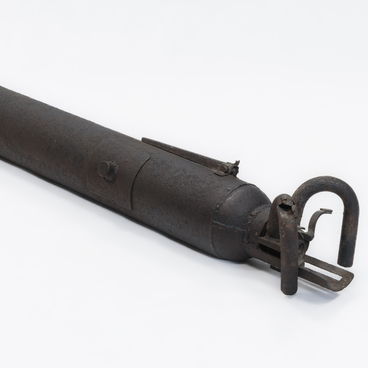Soviet soldiers proudly and affectionately called the Il-2 attack aircraft “a flying infantryman” and “a flying tank”. These definitions accurately identified the performance and technical characteristics of the combat aircraft developed by a team of designers under the leadership of Sergey Vladimirovich Ilyushin.
In January 1938, Sergey Ilyushin put forward a proposal to the government to build a two-seat armored attack aircraft, on which his design bureau was working at the time. It was intended to be superior in combat effectiveness to the aircraft developed under the “Ivanov” program.
In 1939–1940, two prototypes of the aircraft were manufactured, which received the designation BSh-2 (TsKB-55). However, the state acceptance commission did not pay due attention to the aircraft’s protection from the tail section. The designers opted to forgo building up the aircraft’s defensive capability in favor of enhancing armor, armament, and most importantly — increasing range, by building a single-seater version. The converted aircraft successfully passed field tests and, under the designation Il-2, was put into production at three factories in the country simultaneously.
In February 1941, mass production of the Il-2 began in Voronezh at Voroshilov Aviation Plant No. 18. About 1,000 attack aircraft had been produced at the Voronezh plant before it was evacuated to the city of Kuybyshev in November 1941.
The aircraft’s exceptional combat capabilities, reliability, armored protection of the cockpit and the engine created fear and panic among enemy troops. Furthermore, it was almost impossible to shoot it down by surface-to-air weapons. The attack aircraft could even destroy tanks by firing at them and dropping bombs.
Despite good armor protection and maneuverability, the single-seat Il-2s were vulnerable. The enemy fighter aircraft mainly approached from behind on one side and almost at point-blank range — from about 10 to 15 meters — fired at the pilot’s cockpit with cannons and machine guns. Only in 1942 Sergey Ilyushin was asked to work on the design for the two-seat attack aircraft.
In October 1942, military tests of the first two-seat Il-2s with a Berezin UBT machine gun began on the Central Front. The commission noted a decrease in the number of losses of the Il-2 from enemy aircraft attacks and an increase in effectiveness of sorties: during a combat mission, the pilot could focus on aiming and firing.
In total, 36,163 Il-2 aircraft of various modifications were built by aircraft-manufacturing facilities during the war years.
In January 1938, Sergey Ilyushin put forward a proposal to the government to build a two-seat armored attack aircraft, on which his design bureau was working at the time. It was intended to be superior in combat effectiveness to the aircraft developed under the “Ivanov” program.
In 1939–1940, two prototypes of the aircraft were manufactured, which received the designation BSh-2 (TsKB-55). However, the state acceptance commission did not pay due attention to the aircraft’s protection from the tail section. The designers opted to forgo building up the aircraft’s defensive capability in favor of enhancing armor, armament, and most importantly — increasing range, by building a single-seater version. The converted aircraft successfully passed field tests and, under the designation Il-2, was put into production at three factories in the country simultaneously.
In February 1941, mass production of the Il-2 began in Voronezh at Voroshilov Aviation Plant No. 18. About 1,000 attack aircraft had been produced at the Voronezh plant before it was evacuated to the city of Kuybyshev in November 1941.
The aircraft’s exceptional combat capabilities, reliability, armored protection of the cockpit and the engine created fear and panic among enemy troops. Furthermore, it was almost impossible to shoot it down by surface-to-air weapons. The attack aircraft could even destroy tanks by firing at them and dropping bombs.
Despite good armor protection and maneuverability, the single-seat Il-2s were vulnerable. The enemy fighter aircraft mainly approached from behind on one side and almost at point-blank range — from about 10 to 15 meters — fired at the pilot’s cockpit with cannons and machine guns. Only in 1942 Sergey Ilyushin was asked to work on the design for the two-seat attack aircraft.
In October 1942, military tests of the first two-seat Il-2s with a Berezin UBT machine gun began on the Central Front. The commission noted a decrease in the number of losses of the Il-2 from enemy aircraft attacks and an increase in effectiveness of sorties: during a combat mission, the pilot could focus on aiming and firing.
In total, 36,163 Il-2 aircraft of various modifications were built by aircraft-manufacturing facilities during the war years.




